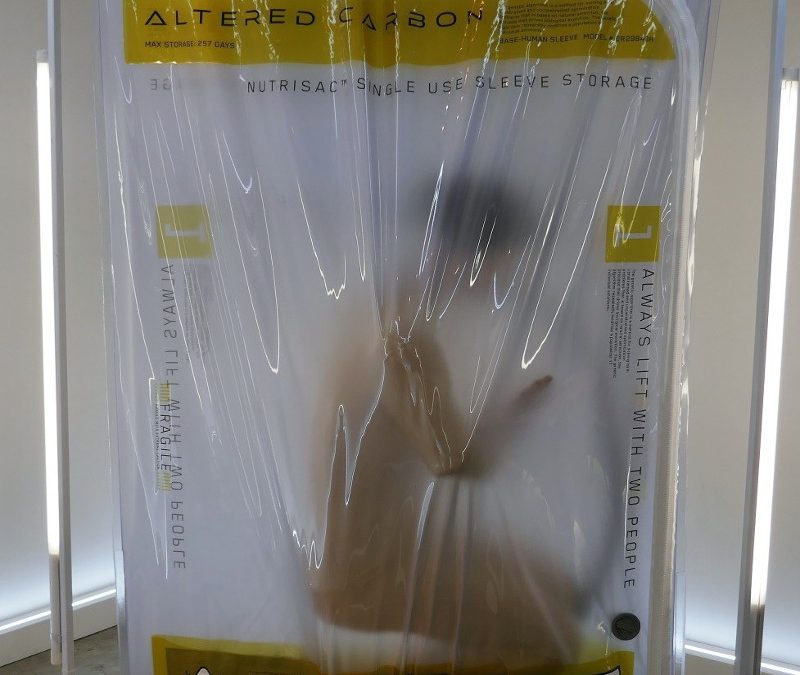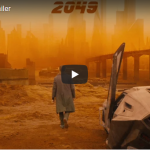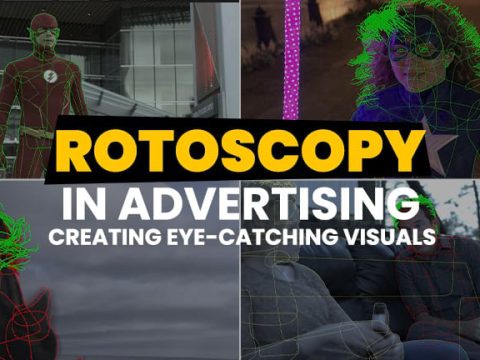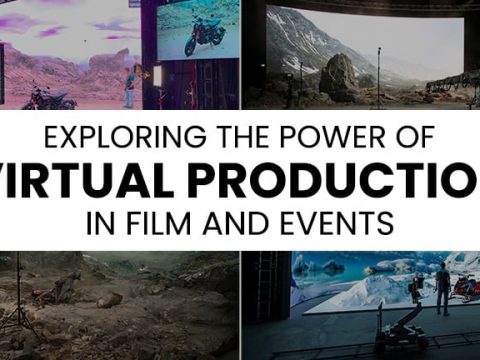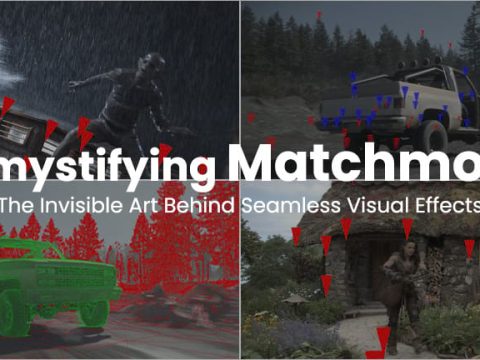Cinemagoers are fairly used to, and may in fact expect, stunning visual effects on theatre screens. The same people watching television at home are more forgiving with regards to the quality of the effects or cinematography. It was understood that big budget VFX was reserved for the big screen until fairly recently when some seriously ambitious storylines and concepts came into production with web series pushing the boundaries of storytelling, VFX worlds and concepts like never before. It’s not just the VFX that sends budgets skyrocketing though – talent can cost a bomb, too!
Netflix is one of the streaming giants that is at the forefront of this revolution. Its 1980’s Steven Spielberg lookalike sci-fi TV show Stranger Things cost about $6 million per episode for the first season with the second season needing about $8 million per episode.
Altered Carbon is another show that Netflix was really excited to produce and while they remained tight lipped on the budget, there are rumours that the show’s producers were given carte blanche on the budget – and it shows!
What is Altered Carbon All About?
Altered Carbon is set in a dystopian world around three hundred years into the future. Gloriously cyberpunk in nature, this show tells the story of Takeshi Kovacs; a former U.N. elite soldier turned private investigator who has been brought back to life to investigate the murder of the wealthy Laurens Bancroft. This future world has the technology to store human memories in “stacks” that are disk-shaped devices implanted in the vertebrae at the back of the neck. Synthetic human bodies (called sleeves) are used as vessels that can accept any stack. Only the wealthiest of humans can afford to replace their sleeves as the old ones age. Takeshi Kovacs was one of the soldiers killed in an uprising against the new world order 250 years earlier.
The dystopian cyberpunk nature of the story has allowed the show’s producers to include some serious visual effects to create a magnificent, complex and gory world that takes television production to new heights.
Altered Carbon Cinematography and VFX
Contrary to what one would imagine, a lot of the show was actually shot on locations and sets instead of just using VFX. Shot in 5K, the division between actual camera shots and movies VFX was about 60 percent camera and 40 percent VFX, which is pretty impressive considering the premise of the show.
While the cinematographers incorporated as much as possible into live action shots, the burden on the VFX teams working on Altered Carbon VFX was still pretty high. To put it into perspective, the Altered Carbon VFX created for an hour-long episode was about 70 shots. DNEG TV’s Steve Moncur stated, “The expectations were very simple – it had to be cinematic. Everyone wanted to produce a series of the highest quality with effects that you would ordinarily only see in a Hollywood blockbuster”, and the Altered Carbon VFX team certainly delivered on that promise.
Creating the World
The Altered Carbon team tried to get as many influences from real-world cities to base their world on, looking at buildings that are so high that they almost don’t seem real. Cyberpunk movie Blade Runner, film noir The Third Man and poet Edgar Allan Poe all played a big part in creating the megalopolis of Bay City.
Steve Moncur explains, “The San Francisco area was created using a procedural city generator, producing a city populated with over 23,000 buildings made up of over 100 custom made structures. A large majority of the buildings had interchangeable modular sections and roof dressing to help create the scale and magnitude required for this futuristic landscape, varying from 10 metres at their lowest along the trenches of Lick Town to way above the cloud line measuring at nearly 3 kilometres high to create the meth level scenes. Linking the two areas of interest across the bay was the famous Golden Gate Bridge, built to scale but populated with over 24,000 containers to set the scene of a network of slums for the less wealthy population of the city. To help sell the chaos and business of the city, generic car traffic from background to hero vehicles were created and animated flying through the city and alongside a network of pill lines and over 135 holograms.”
The biggest challenge while creating the world was to create interesting lighting in the city as it is completely covered in clouds so using the sun as a reference was impossible. DNEG created 1,585 shots for the show.
The Graphics
Many of the graphics were handled by UK-based firm Rushes who faced their own unique set of challenges with the series but came through admirably to create some memorable effects. A lot of thought went into the technology used by the Altered Carbon web series characters. For example, the tech used by the police would not be as futuristic or advanced looking as the extremely rich “meths” and this was taken into consideration when designing the templates. They made sure that the tech they designed still looked practical and functional even though it was futuristic. They managed to achieve an amazing variety in technology and design in just one show.
The Altered Carbon web series is an R-rated show which is a treat for fans of sci-fi, cyberpunk action with a compelling storyline and great visual effects. To know more about what goes into creating great visual effects, check out our blog dedicated to the art of VFX.



